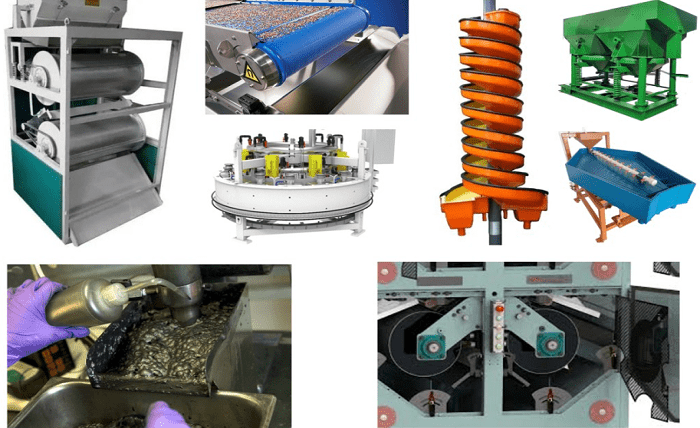
The mining and mineral processing industry plays a crucial role in modern society, supplying the raw materials that underpin everything from smartphones and solar panels to buildings and transportation. But how does a chunk of rock transform into valuable resources? The journey from rock to riches involves a series of intricate, highly coordinated steps that combine exploration, technology, and sustainability.
1. Exploration: The Search Begins
Every mining operation begins with exploration. Geologists scour the earth using a combination of fieldwork, satellite imagery, and geophysical surveys to locate mineral-rich deposits. Advanced tools like remote sensing, geochemical analysis, and drilling help identify whether a site is economically viable for mining.
Once a potential site is identified, test drilling and sampling provide insight into the quantity and quality of the mineral deposit. If the data looks promising, a feasibility study is conducted. This evaluates not only the potential profitability but also the environmental and social impact of the mining project.
2. Development and Planning: Setting the Stage
Once a site has been approved for mining, extensive planning takes place. This includes acquiring permits, engaging with local communities, designing infrastructure, and determining the mining method. There are two primary mining techniques:
- Surface mining: Ideal for shallow mineral deposits. Techniques include open-pit miningand strip mining.
- Underground mining: Used for deep-seated minerals, requiring tunnels and shafts to access the ore.
Each method has its pros and cons, and the choice depends on deposit depth, rock stability, and environmental considerations.
3. Extraction: Bringing Minerals to the Surface
Once operations begin, heavy machinery and skilled laborers work in tandem to extract ore from the earth. In surface mining, layers of soil and rock (known as overburden) are removed to reach the mineral-rich layers below. In underground mining, miners create access tunnels to transport the ore.
Safety is paramount during extraction. Rigorous protocols, automation, and real-time monitoring help protect workers and ensure efficiency. However, extraction is just the beginning—the real transformation happens in the next stage.
4. Mineral Processing: Unlocking Value
After the ore is extracted, it is transported to a processing facility where valuable minerals are separated from waste rock. This stage, also known as beneficiation, involves several steps:
- Crushing and grinding: The ore is broken down into smaller particles to liberate the minerals.
- Concentration: Various techniques are employed to isolate the target minerals, including flotation, gravity separation, and magnetic separation. In research and pilot testing phases, a laboratory magnetic separatoris often used to evaluate the magnetic properties of the ore and fine-tune separation parameters before scaling up to full production.
- Dewatering: Excess water is removed from the concentrate to prepare it for further refining or shipment.
The goal is to increase the ore’s value by producing a higher-grade product. Tailings—the leftover materials—are managed carefully to minimize environmental impact, often stored in specially designed tailings ponds.
5. Smelting and Refining: Final Transformation
Concentrated minerals often undergo smelting or chemical refining to extract pure metals. Smelting involves heating the concentrate in a furnace to separate the metal from impurities, while refining may involve electrolysis or chemical treatments.
The result is a usable product such as copper cathodes, gold bars, or iron pellets—materials that will go on to fuel construction, manufacturing, electronics, and more.
6. Rehabilitation and Closure: Responsible Stewardship
Mining doesn’t end when the minerals run out. Responsible companies invest in site rehabilitation, restoring the landscape to a natural or economically usable state. This might include reshaping landforms, replanting vegetation, treating contaminated water, and monitoring the ecosystem.
Modern mining places strong emphasis on environmental sustainability, community development, and transparency. Stakeholder engagement, compliance with regulations, and adopting eco-friendly technologies are now integral parts of the mining lifecycle.
In Conclusion
From exploration to rehabilitation, the mining and mineral processing journey is a testament to human ingenuity and resourcefulness. It transforms raw rock into essential building blocks of civilization. As global demand for resources continues to grow, the industry faces the challenge of meeting this demand while minimizing environmental and social impacts.
By embracing innovation and sustainability, mining can continue to be a source of economic growth—turning rock into riches in a responsible and forward-thinking way.




